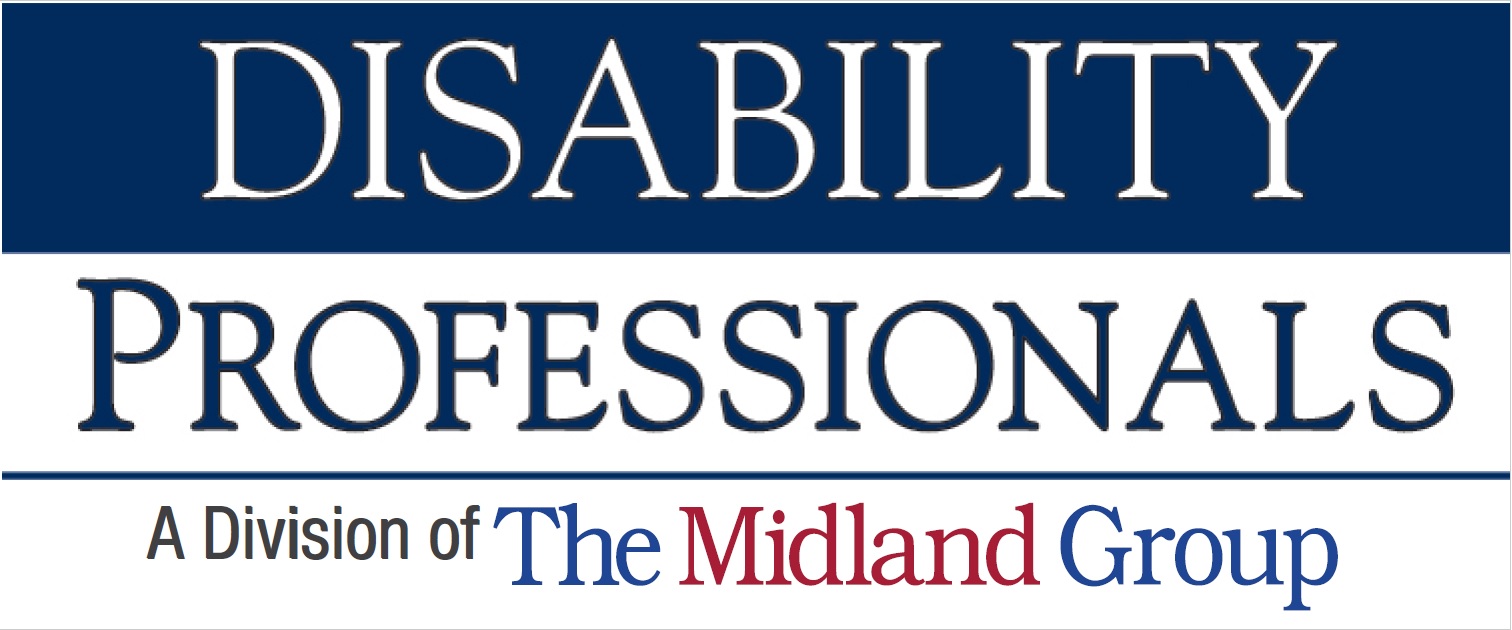Many people with disabilities would like to work; however, they might not be able to work enough to support themselves. For many people who are disabled, trying to work while applying for or receiving Social Security disability benefits can be confusing and a bit intimidating. Many people have concerns about losing benefits such as necessary income, medical assistance, or even worse, incurring an overpayment from Social Security. Social Security rules and regulations provide ways for individuals with disabilities to work while applying or while receiving benefits. There are some key terms and programs to keep in mind when working when disabled.
Substantial Gainful Activity (SGA)
Social Security uses a five-step evaluation process to determine whether or not an individual is disabled. The first thing that Social Security evaluates in this process is a person’s monthly earnings. If a person is earning over what Social Security considers to be Substantial Gainful Activity on a monthly basis, Social Security will determine the person that the person is not disabled. They will not go any further in the evaluation process. This year a person earning over $1310.00 gross wages in a month is considered to be above SGA. There is a cost-of-living adjustment made yearly to this amount which can be found on Social Security’s website.
Just because someone is earning this amount monthly does not automatically mean that an individual is not disabled though. There are certain costs related to your disabilities and ability to work known as impairment-related work expenses (IRWE). If you pay out of pocket for medications, assistive devices, special transportation, or particular equipment which is specialized to help you work such as computers or programming, these out-of-pocket costs can be deducted from your monthly gross income, which lowers it below substantial gainful activity levels.
In other situations, an individual may have a special work environment such as an approved sheltered workshop, special accommodation, or relationship which allows the person to continue working. In these situations, an individual’s work activity may not be considered competitive employment due to the extra assistance they receive at work or because they are not expected to perform the same work as other non-disabled employees.
Trial Work Period (TWP)
Once a person is found disabled, Social Security does allow for the individual to try work with a trial work period (TWP). This program lets the individual test their ability to work without losing key benefits. The Trial Work Period starts the first month a disabled individual is able to earn the trial work amount. In 2021, that amount is $940.00 gross wages per month and there is a yearly cost of living adjustment. The trial work period lasts for 60 months after the first month with earnings above trial work amounts. If a disabled worker earns more than the trial work amounts in nine months within that sixty-month time frame, they will have met a trial work period and their benefits will be discontinued.
If a person’s benefits are discontinued because they met a trial work period, they are eligible for an extended period of eligibility. This means that if a person loses their job or has to quit because of their disabilities within 36 months of completing a trial work period, they can be put back onto benefits when they reapply with Social Security. Those benefits will be paid while Social Security redetermines their eligibility for Social Security payments. Additionally, you can get at least 7 years and 9 months of Medicare coverage after you complete a trial work period as long as the disabling condition meets Social Security’s rules.
Vocational Rehabilitation
Disability is not always a permanent state of being. Many times, individual’s conditions improve over time or with new medical technologies. In the event a disabled individual would like to attempt to work but feels like they need some retraining or assistance, a good program for them is Vocational Rehabilitation. Vocational Rehabilitation can assess a person’s strengths and abilities to determine what type of employment might be a good fit for them. They can provide
guidance in terms of retraining, supportive services when reentering the workplace, or work assessments to help the individual determine what they can or cannot do. Because it is expected that many disabled individuals will improve over time, Social Security does regular continuing disability reviews every 3-5 years on most people.
If a disabled individual is interested in retraining or trying to go back to work, a great way to do this is through Vocational Rehabilitation. Social Security regulations provide for individuals to work with this program. If you are working with an approved Vocational Rehabilitation program prior to the start of a continuing disability review, even if Social Security finds your conditions have improved and you no longer qualify for benefits, you can continue to receive your benefits until you have successfully completed your Vocational Rehabilitation program.
What’s Next?
When you choose Disability Professionals, our expert staff are focused on getting you the benefits you deserve in a timely manner. Having an experienced advocate on your side, representing you to help avoid unnecessary delays or appeals can make a significant difference in the speed at which a valid claim is processed. Contact us today and let us help you navigate through this process so you can get all the benefits that you deserve.



